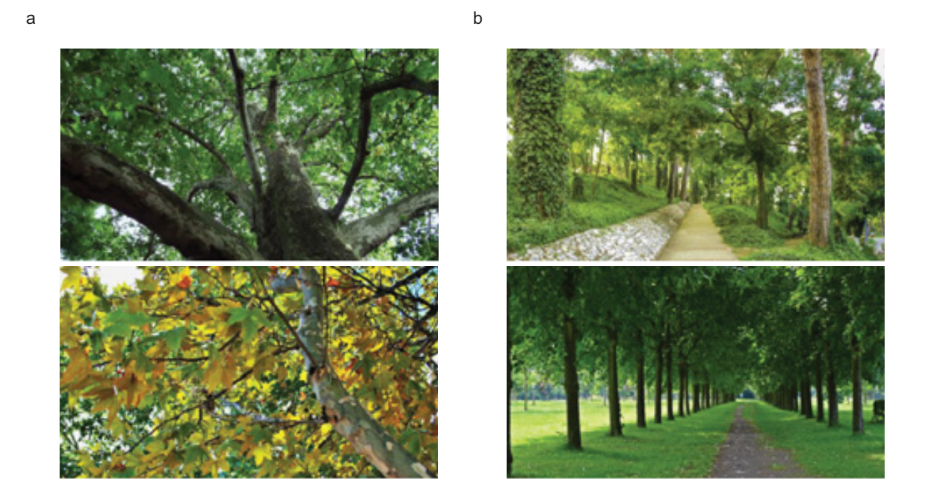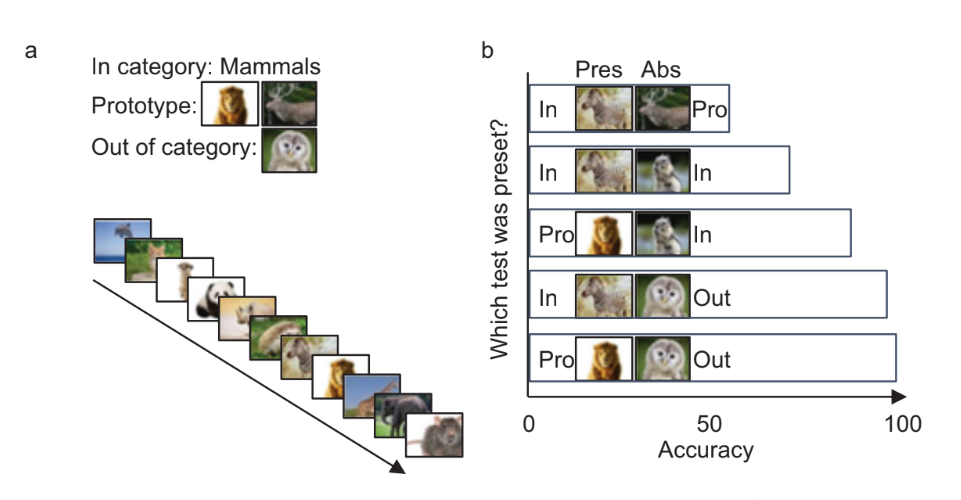This review outlines our recent understanding of ensemble representations in perception – that is, how we see groups of objects in a holistic way, with the brain representing the average, range, and variance of sets. Ensemble Perception spans low-level elements (such as circles of different sizes or lines of different orientations) to high-level elements (such as faces of different expressions and category exemplars of different typicalities). This review highlights the ubiquitous nature of this summary process: It paves the way for our discussion of theoretical and cortical underpinnings, and of why ensemble encoding should be considered a basic and necessary component of human perception and of our rapid perception of a scene’s gist. Following an overview of the topic, including a brief history of the field, this review introduces overarching themes as well as a corresponding outline of present work. There are four main chapters in this review: What Is Summarized?; Theoretical Accounts; Neural Mechanisms; and Foundational Processing.

Figure 1 (a) Differences in average hue allow for rapid perception of different seasons in Summer (top) and Autumn (bottom) leaves. (b) Lower size and position variance allow for quick discrimination between natural (top) and human-made (bottom) forests.

Figure 6 (a) Observers were presented with RSVP sequences of familiar objects drawn from a given category (e.g., mammals). (b) When deciding which of two tests was present in the sequence, observers made more false alarms, incorrectly choosing a prototypical object over an item that was present and within the category (PresIn vs. AbsPro). A combination of mean and range effects is further illustrated over the increasing pattern of accurate responses for present versus absent in-category tests (PresIn vs. AbsIn), present prototypical tests versus absent in-category tests (PresPro vs. AbsIn), present in-category tests versus absent out-of-category tests (PresIn vs. AbsOut), and present prototypical tests versus absent out-of-category tests (PresPro vs. AbsOut).
